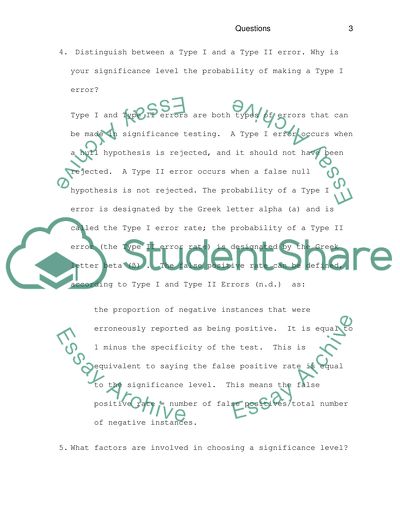Cite this document
(Null Hypothesis Experiment Resources Assignment, n.d.)
Null Hypothesis Experiment Resources Assignment. Retrieved from https://studentshare.org/statistics/1556007-basic-quantitative-analysis
Null Hypothesis Experiment Resources Assignment. Retrieved from https://studentshare.org/statistics/1556007-basic-quantitative-analysis
(Null Hypothesis Experiment Resources Assignment)
Null Hypothesis Experiment Resources Assignment. https://studentshare.org/statistics/1556007-basic-quantitative-analysis.
Null Hypothesis Experiment Resources Assignment. https://studentshare.org/statistics/1556007-basic-quantitative-analysis.
“Null Hypothesis Experiment Resources Assignment”. https://studentshare.org/statistics/1556007-basic-quantitative-analysis.


